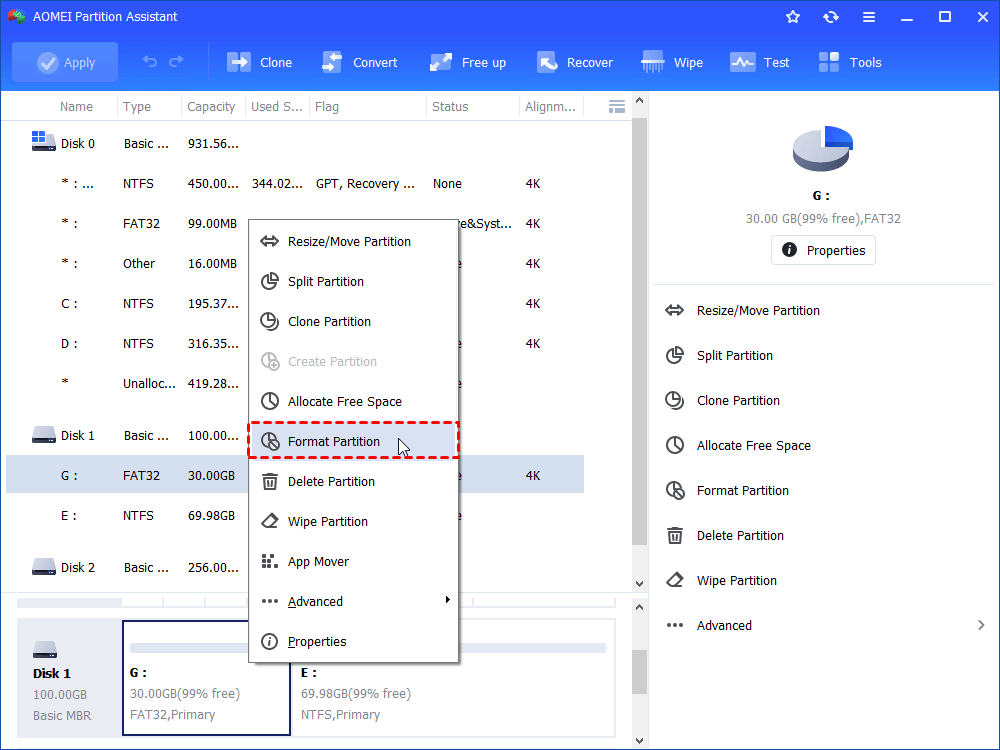

- #My mac wont format seagate drive to exfat mac os#
- #My mac wont format seagate drive to exfat update#
The message may come out either at OS boot or on connecting the drive.Īlso, visit Seagate site and check if any firmware update is available for your drive ( req.

It may help to identify the problem if you can find error messages in system log, which can be viewed with Console app ( also in Utilities folder ). Probably, the Seagate driver took over OS for NTFS handling, but it fails to process due to necessary software ( part of driver ) did not work properly due to the compatibility with Yosemite. I can only guess, as I have no detail info about what happened on your Mac at this point. > I couldn't even read from the drive when I plugged it in. Other possible TYPE can be listed with another Terminal command diskutil listFilesystems.
"Microsoft Basic Data" is NTFS, for Windows data or boot, including BootCamp. However there is a simple solution you can format the drive to FAT32 or exFAT that. "Apple_HFS" is for normal boot/data partition for OS X. Windows uses NTFS, and Mac OS uses HFS, these file systems are not. The TYPE column tells what is the format of the partition. EFI (for mac boot), Macintosh HD (OS X), and Recovery HD ( for booting in recovery mode ). In the case above, there are three partition. Hard drives are also partitioned - MBR, ATP, or GUID (GPT on W. Windows can not read or write to HFS+ without a utility. Macs can write to HFS+, FAT32, and EXFAT, NOT NTFS formatted drives unless a utility is added. You will get second set of similar following them for (most likely) /dev/disk1, if your mac has an external drive connected. Answer (1 of 3): Intel Macs can read HFS+, FAT32, EXFAT, NTFS formatted drives. ( This is for my Mac Mini with Internal drive only )Ģ: Apple_HFS Macintosh HD 999.3 GB disk0s2ģ: Apple_Boot Recovery HD 650.0 MB disk0s3 You will see lines of output something like below. Open Terminal app ( in Applications > Utilities )ģ. 
How do I tell if my external drive uses NTFS?ġ.







 0 kommentar(er)
0 kommentar(er)
